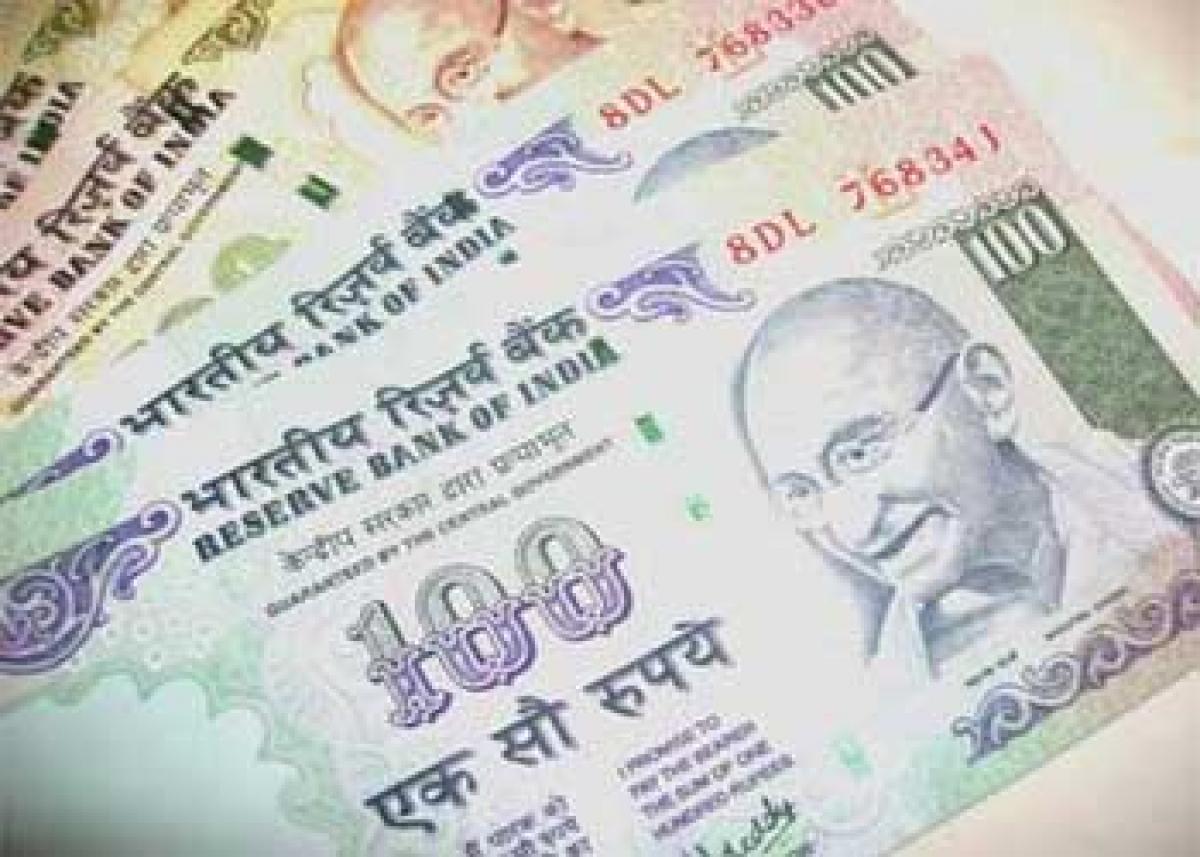Live
- Death of 5 women post delivery in Karnataka govt hospitals, BJP seeks Ministers' resignation
- EPFO UAN Activation: Alert for EPFO Account Holders – Activate Your UAN by November 30!
- Freedom at Midnight Review: A Dry Historical Drama That Misses the Mark
- AAP's Chadha calls for RS debate on arrest of ISKCON priest, atrocities in Bangladesh
- India's Preparations for Adelaide Test: Rohit, Shubman, and Gambhir Updates
- Centre declares snakebites a notifiable disease in India
- Indian Navy seizes 500 kg of meth in Arabian Sea
- Best Smartwatches Under 4000 for Fitness and Smart Features
- Not certain if Siddaramaiah will finish 5-year term: CM’s advisor B.R. Patil
- Mexico's president urges Trump to rethink Cuba trade embargo, Venezuela sanctions
Just In

India must brace for US rate hike. Though the impact may not be a kneejerk reaction, eventually foreign institutional investors (FIIs) will have to pull out from Indian debt markets, thus bringing more pressure on the Indian rupee.
 Though the impact may not be a kneejerk reaction, eventually foreign institutional investors (FIIs) will have to pull out from Indian debt markets, thus bringing more pressure on the Indian rupee. Hence, the rupee will further devaluate, even after the banking regulator gives its support to the currency. The rupee has shed nearly 4 per cent since August 1 from 64.13 to 66.46 per dollar. According to analysts, the foreign funds may dump about $5 billion worth equity in just one month
Though the impact may not be a kneejerk reaction, eventually foreign institutional investors (FIIs) will have to pull out from Indian debt markets, thus bringing more pressure on the Indian rupee. Hence, the rupee will further devaluate, even after the banking regulator gives its support to the currency. The rupee has shed nearly 4 per cent since August 1 from 64.13 to 66.46 per dollar. According to analysts, the foreign funds may dump about $5 billion worth equity in just one month
With the latest second quarter US GDP numbers showing the growth trend, contrary to market expectations, the US Federal Reserve is all set to take the rate hike decision in the current year itself. The Fed had cut interest rates between September 2007 and December 2008, leaving the interest rate to near zero per cent. Though, the US citizens may not get immediate benefits by way of rise in interest on their deposits or savings bank (present rate is 0.47%), the rate hike may impact the emerging markets including India. How?
Though the impact may not be a kneejerk effect, eventually the foreign institutional investors (FIIs) will have to pull out from Indian debt markets, thus bringing more pressure on the Indian rupee. Hence, the rupee will further devaluate, even after the banking regulator gives its support to the currency. The rupee has shed nearly 4 per cent since August 1 from 64.13 to 66.46 per dollar. However, the silver lining here would be that, apart from the US dollar which will be strengthened for sure, even gold and other asset classes will become stronger.
Thus it would mean that the gold will once again take the role of hedging instrument. Besides, the foreign portfolio investors (FPIs) will also disappear from the Indian money markets, thus denting business margins for those companies accessing capital from US and making the foreign capital expensive. The foreign funds have already sold about $3 billion equities since August. To counter this, the Indian government has already proposed various tax rebates besides retrospective effects in the case of double taxation avoidance treaty countries including US.
In fact, the foreign institutions have pumped into Indian equities since 2009 and in 2014 a record Rs 2.56 lakh crore in equities, pushing Sensex to an all-time high of above 30,000. These institutions are likely to repatriate funds to the US for buying bonds with high interest rates. The sell-off would also bring down the prices of blue chips as these funds are holding index stocks. According to the exchange information, these funds hold 25 per cent of BSE-200 shares. Thus, the analysts say that there would be correction of about 8 per cent in the Sensex, even if the domestic funds buy the stock aggressively.
According to Mumbai-based broking firms, the foreign funds may dump about $5 billion worth equity in just one month, immediately after US Fed makes its first rate hike. Thus, traders say the Nifty, in the worst-case, may fall to 7,200 level and rupee may hit a low of 67 per dollar. Though officials say India will have a limited impact because of strong fundamentals – record high CAD – the Indian government is sitting with its fingers crossed, waiting for US to hike rates.
By K V V V Charya

© 2024 Hyderabad Media House Limited/The Hans India. All rights reserved. Powered by hocalwire.com







